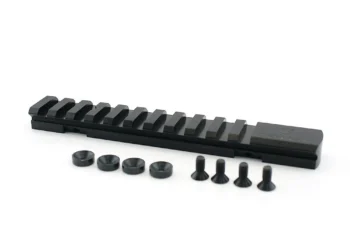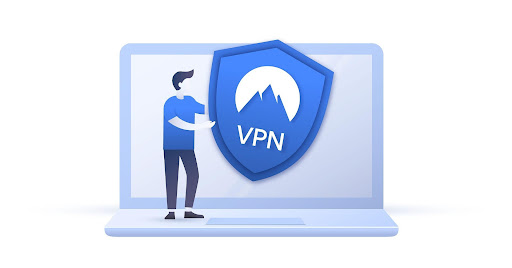Data visualization is a way of telling stories about complex data, reasoning patterns, and able to predict what may happen in the future. It must be designed in a way that is self-explanatory to convey a clear message and able deep dive into data to find the root cause.
Being a Data Visualizer Brainstorm About the Following:
- Who is the target audience?
- What information they might be looking for in business situation analysis
- How to select KPIs that can narrate a complete story on a dashboard for respective audiences.
Take Your Data Visualizations to the Next Level with the following 7 Tips:
Data visualization is an essential aspect of data analysis and presentation, as it provides a visual representation of complex data and makes it easier to understand and interpret. Effective data visualization can help to communicate insights and uncover patterns with data. To achieve the best possible outcome for your data visualizations, it’s important to utilize professional data visualization services.
In this article, we’ll explore 7 ways to take your data visualizations to the next level, and how data visualization services can help you achieve the best results. Whether you’re a beginner or an experienced data analyst, these tips will help you to enhance your data visualization skills and create impactful data visualizations.
1. Design Visualizations as per the Need of an Audience.
Within my experience of implementation of BI projects, I interact with various stack holders; from top management to junior executive levels and I always find their requirements different. KPIs that the CXO team will observe will be always different from the executive levels of various departments. Therefore, keep your audience and their need as a priority while creating a visualization.
2. Choose the Right Visualization Component.
You do not need a sward where a needle can help. Once the target audience is identified, Identify KPIs that can answer to questions of the audience and based on those KPIs select visualization components.
- The scorecard can be used to display a single number in comparing the previous period’s value in percentage.
- A bar chart can be used to showcase of performance of categories. You can also use a stacked bar graph to represent subcategories. Always use proper sorting as it increases readability.
- A PI chart is not much readable where attribute counts are high.
- A pivot or matrix can be a very useful table. It allows dynamic view, aggregation, and comparison, it is easy to use for those with limited technical skills.
3. Use Appropriate Titles & Annotations
Remember you are telling a story and every character should have a proper title or caption or name. Assign proper descriptive titles to visualization components that identify the main point of data.
The use of proper annotations will help to draw attention to the key message.
4. Use Creative Color Pallets
Colors play a powerful role to transform the message of visualization, it conveys much without saying words. E.g if you want to show positive polarity shows that in green color and negative in red.
I recommend using branding color pellets for your organization.
5. Filters
The next important element is Filters, which can give some control to the target audience for playing around with data that will result in more engagement.
6. Use Dashboard Space
Use your dashboard space as real estate, so use that very wisely. More components will confuse users to co-relate information.
7. Placement Of Visual Components
The placement of visual components also plays a vital role, important KPIs should be on the top; that is how the human brain is trained to observe things.
Conclusion:
Wrapping up, and taking your data visualizations to the next level is crucial in effectively communicating data insights to your audience. By following the tips outlined in this article, you can enhance your data visualization skills and create visually appealing and impactful graphs, charts, and illustrations.
Data-Nectar can provide you with the tools and resources needed to elevate your data visualizations to the next level. Remember, data visualization is not just about presenting data, but also about telling stories and making complex data accessible and understandable to your audience. So, put these tips into practice and let data-nectar help you achieve the best possible outcome for your data visualizations. Designing appealing data visualization will come with practice and experience. We at data nectar help SME organizations to make sense of their data to the fullest.







